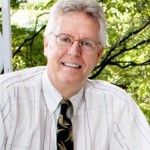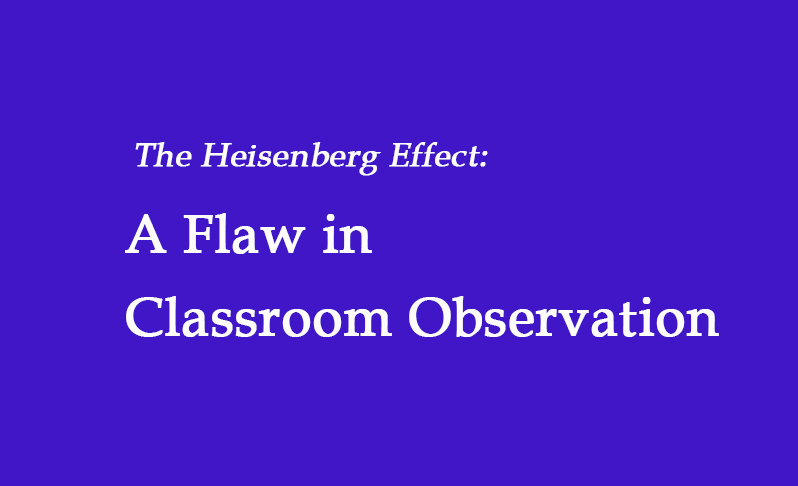As any self-respecting Trekkie or casual follower of the Star Trek TV-movie enterprise knows, the Prime Directive forbids interference in developing civilizations (e.g, don’t lose your phaser among stone-age savages on Planet X).
As faculty developers who have evaluated over 1000 classes, we’ve always tried to uphold the prime directive for classroom observation as much as possible. Yet, the longer we observe, the more we’ve come to believe we interfere.
Process for Classroom Observation
Usually when we observe, we have already met with the professor and determined some key pedagogical issues the professor desires us to treat. Traditionally we arrive early and slink to the rear of the class, most times without even an acknowledgement of our presence by either the professor or class members. On occasion a professor will introduce us, and some even say why we are there. In any case our role is always determined by the professor’s discretion.
Lately we’ve discovered an interesting phenomenon: the professors we observe seem to be much better teachers than either they or their chairs have led us to believe. They are knowledgeable, interesting, and engaging, and they tend more toward active learning strategies than the usual Sage on the Stage presentations. Why do these teachers appear better than advertised?
The Heisenberg Effect
We have always had a minimal grasp of the Heisenberg Effect, which states that the mere observation of a thing changes the thing being observed. While faculty development is not the same as particle physics, the principle still speaks to us, informing us that our mere presence alters the behavior of both teacher and student.
In our case, our mere presence seems to ramp up the effort of the teacher as well as the students—they are performing for an audience.
Does the Effect negate the validity of classroom observations? Not necessarily. Anything that bolster’s a teacher’s performance, if only for a short time, is worthwhile. And certainly making the professor more metacognitive in our reports and our follow-up conferences with the professor is useful.
But is our observation accurate?
We’ve found one cannot just observe—the whole observation must be placed in a context. Therefore, one of our favorite tactics is to remain in class after the professor has departed–in Achieving Excellence in Teaching (2014) we encourage professors wishing to establish rapport to come early and stay late–and engage some of the students in a discussion. If the teacher lingers as we suggest, we simply meet with some students in the hallway. We have one major question: is the class we just observed typical of that professor? This post-class interview provides a check and balance by which we hope to overcome the inherent disadvantage posited by the Heisenberg Effect.
In one memorable post-class interview, students told us that the class we just observed was anything but typical. “Hell,” said a student, “it’s the only time all semester he’s provided us with handouts.” Another time a student told us, “He usually stands there in the front and lectures down at us.”
Truthfully, we can never overcome the Heisenberg Effect, but we do believe very strongly in expert observation (vs. pure peer observation). Though not perfect, expert observation is necessary to balance an almost crack-like addiction to student evaluations (e.g., IDEA) as the exclusive determiner of professorial competence in the classroom.
Author
 Ph.D Hal Blythe writes literary criticism to mystery stories. In addition to the eleven books he’s published with New Forums, Hal has collaborated on four books on a variety of subjects, over 1000 pieces of fiction/nonfiction, and a host of television scripts and interactive mysteries performed by their repertory company. He is currently co-director of the Teaching and Learning Center for Eastern Kentucky University. Meet Hal Blythe.
Ph.D Hal Blythe writes literary criticism to mystery stories. In addition to the eleven books he’s published with New Forums, Hal has collaborated on four books on a variety of subjects, over 1000 pieces of fiction/nonfiction, and a host of television scripts and interactive mysteries performed by their repertory company. He is currently co-director of the Teaching and Learning Center for Eastern Kentucky University. Meet Hal Blythe.



